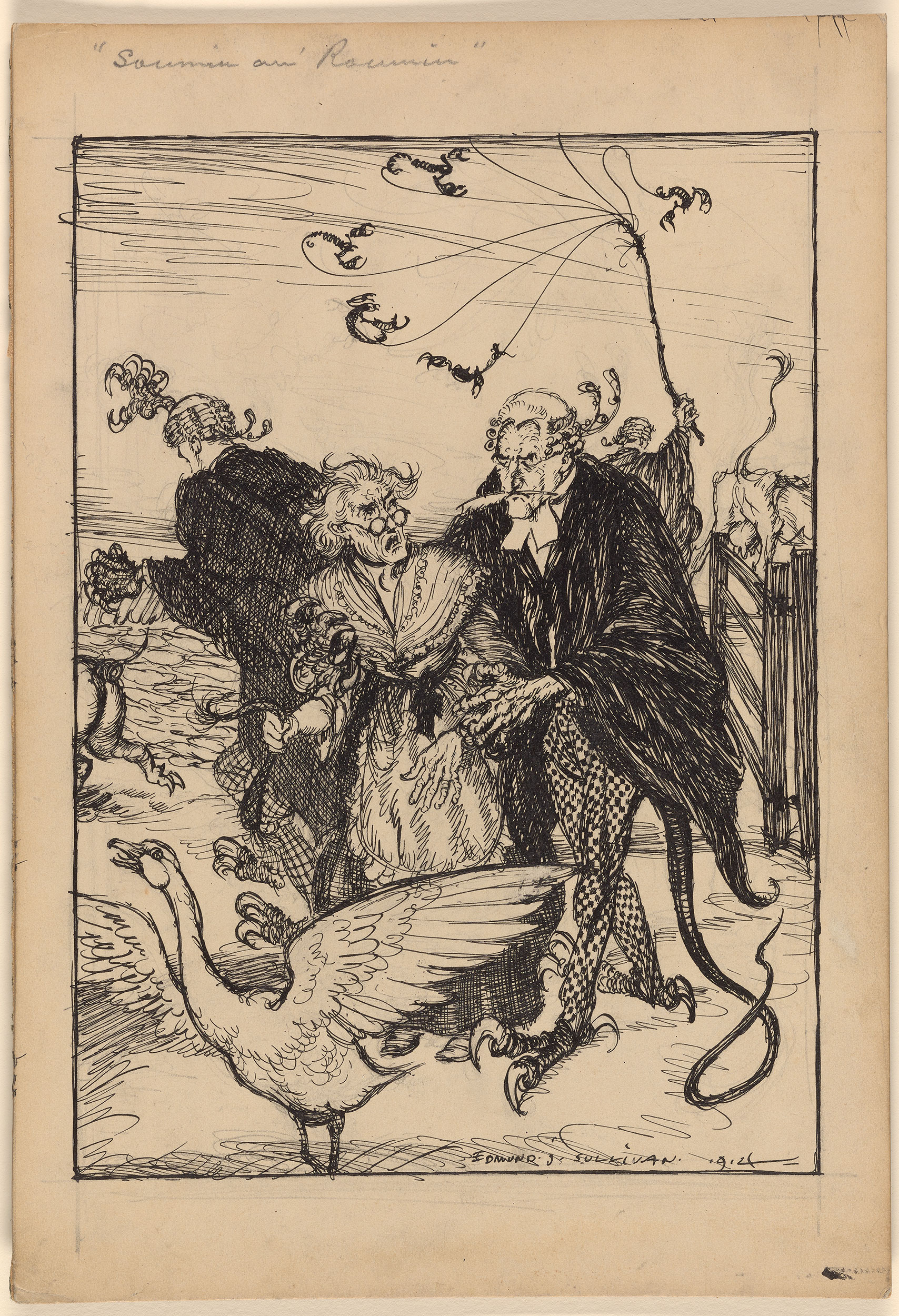It’s not like we’re maestros…it’s a moment of joy in this moment of anxiety. —Emma Santachiara, Rome
As reported by The New York Times, Ms. Sanachiara, age 73, has joined the vast choir of ordinary Italians taking to their balconies and windows to participate in socially distant neighborhood singalongs as coronavirus rages through their country.
The Internet has been exploding with messages of support and admiration for the quarantined citizens’ musical displays, which have a festive New Year’s Eve feel, especially when they accompany themselves on pot lids.
Three days ago, Rome’s first female mayor, Virginia Raggi, called upon residents to fling open their windows or appear on their balconies for nightly 6pm community sings.
A woman in Turin reported that the pop up musicales have forged friendly bonds between neighbors who in pre-quarantine days, never acknowledged each other’s existence.
Naturally, there are some soloists.
Tenor Maurizio Marchini serenaded Florentines to “Nessun Dorma,” the famous aria from Puccini’s opera Turandot, repeating the high B along with a final Vincerò!, which earns him a clap from his young son.
In Rome, Giuliano Sangiorgi, frontman for Negramaro, hit his balcony, guitar in hand, to entertain neighbors with Pino Daniele’s 1980 hit “Quanno Chiove” and his own band’s “Meraviglioso.”
Earlier in the year, the 11 million residents of Wuhan, China, the deadly epicenter of the coronavirus outbreak, also used music to boost morale, singing the national anthem and other patriotic songs from their individual residences. Jiāyóu, or “add oil,” was a frequent exhortation, reminding those in isolation to stay strong and keep going.
Readers, are you singing with your neighbors from a safe distance? Are they serenading you? Let us know in the comments.
Related Content:
Bruce Springsteen Singin’ in the Rain in Italy, and How He Creates Powerful Imaginary Worlds
Ayun Halliday is an author, illustrator, theater maker and Chief Primatologist of the East Village Inky zine. Like most of us in this crazy, historic period, all of her events have been cancelled. Follow her @AyunHalliday.













